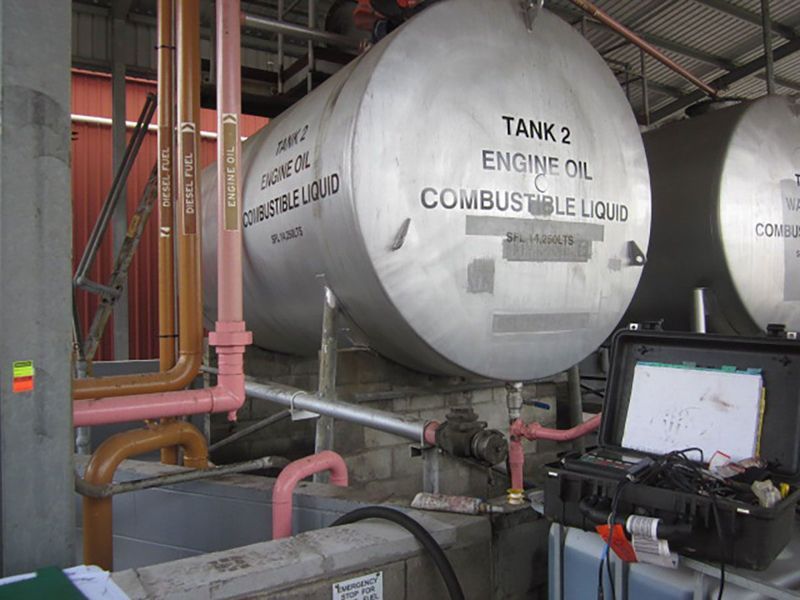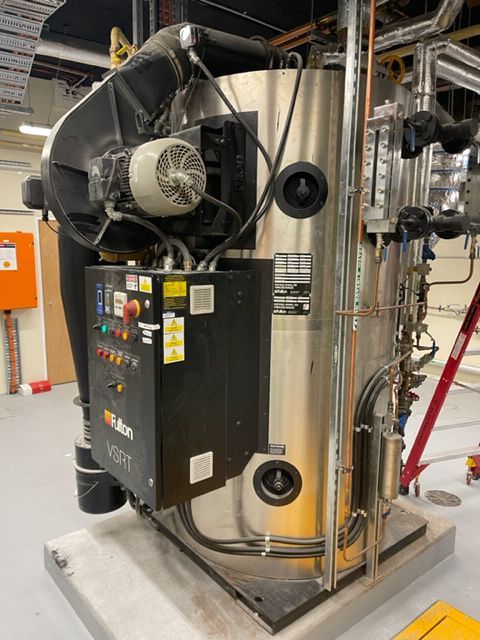How often do pressure valves need to be inspected?
Pressure safety valves (PSVs) and relief valves are critical for protecting equipment and operators from overpressure incidents. Regular inspection and testing not only ensure compliance with statutory frameworks but also prevent costly failures and downtime. But how often should these valves be checked?
Why safety valve inspections matter
Safety valves are the last line of defence against dangerous pressure build-ups in boilers, piping, and pressure vessels. If a valve fails to open or reseat correctly, it can compromise the entire system. Inspections verify that valves operate within their design limits, remain free of defects, and are compliant with Australian Standards.
Typical inspection intervals
Inspection and testing frequency depends on the type of system, operating conditions, and regulatory requirements. Common guidelines include:
- Annual testing: Many industrial sites schedule safety valve inspections every 12 months to align with compliance and maintenance cycles.
- Periodically: In lower-risk environments or for non-critical valves, inspections may be extended, provided records support safe operation.
- After major shutdowns or repairs: Valves should be inspected and tested whenever plant systems undergo significant maintenance, modifications, or extended downtime.
- As required by regulations: Work Health & Safety legislation, AS/NZS codes, and site-specific frameworks often dictate exact intervals for valve inspection and testing.
Ultimately, a risk-based approach should be applied, considering operating pressure, service conditions, and industry standards.
Benefits of regular safety valve inspections
Consistent inspection and testing provide several advantages:
- Reduced risk of overpressure incidents
- Compliance with AS/NZS and API codes
- Extended equipment life and reliability
- Improved audit readiness and record keeping
- Confidence in worker and plant safety
Keep your safety valves compliant with Q-RIIMS
At Q-RIIMS, we provide accredited safety valve testing and inspection programs tailored to your site requirements. Our ISO-accredited inspectors deliver traceable results, audit-ready documentation, and reliable assurance for critical systems.
Contact us today to schedule your next safety valve inspection, request a quote, or book shutdown support.
Frequently asked questions
What happens if pressure valves are not inspected regularly?
If pressure valves aren’t inspected, they may fail to open or reseat correctly, increasing the risk of overpressure incidents, equipment damage, costly downtime, and safety hazards for workers.
Who is responsible for ensuring pressure valve inspections are carried out?
Typically, the asset owner or plant operator is responsible for ensuring valves are inspected and tested. Compliance obligations are set by statutory authorities and industry codes such as AS/NZS and API.
Can pressure valve inspections be performed on-site?
Yes. Many inspections and tests can be carried out on-site by accredited inspectors using portable, calibrated equipment, reducing disruption and avoiding the need to remove valves from service where possible.
How do I know if my pressure valves meet compliance standards?
Compliance is confirmed through accredited inspections, calibrated testing, and detailed documentation. Reports should reference relevant codes (e.g., AS/NZS, ISO, API) and provide audit-ready evidence for regulators or third parties.


